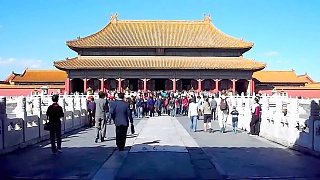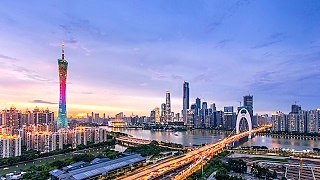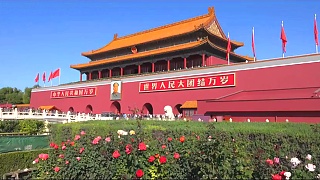With Jiayi & Julie in China ...
[640],shadow=true,start=,stop=0:43 Medical System
2:27 Transportation
3:40 Political Accountability
6:13 Police
7:41 Food
9:22 Individuality
10:50 City Planning
11:31 Female Culture
14:13 Nature
14:53 History & Culture
Top 2 YT comments (on 19th January 2025):
* My relative visited China in Oct for 3 weeks. During the visit in Shanghai one evening she had fever of 102F with blood in urine. She was 70+ years old and very nervous but finally went to the ER of the best hospital in Shanghai. She got the service including ultrasound, blood test, medicine, diagnosed as Urinary tract infection, in less than 2 hours. She was fully recovered the next morning.
Guess how much she was paid since she didn't have China medical insurance? Total 280RMB, i.e. US$40! She was told that the price for people w/wo insurance was the same. If you had local insurance you might only need to pay 10%-20% of the retail price.
* I'm in the US. About 2 weeks ago in North Carolina, an unarmed black man who was accused of shoplifting was shot 3 times. He had no weapon, and was simply walking. A few days ago in Oklahoma, a police officer broke the neck and eye socket of 71 year old Vietnamese man over a traffic stop. I saw both these videos. In Texas, police stopped a man driving a pickup truck because he had out of town license plates. He was carrying $35,000 in cash to buy machinery for his business. The cops seized his money and the local government refuses to return it. These incidents happen EVERY DAY, EVERYWHERE in America. I stopped arguing with Americans about how great they think this country it. They hang on to some unrealistic patriotic delusion, and are quick to accuse China of doing what is ACTUALLY DONE here. Things will not change no matter who is President because corruption permeates this society at every level. Far be it for me to give advice to the people in China, but here it is - be proud of your country and your government. I am in awe of how sophisticated your society is, and how protective of the people the CCP are. You are right about the politicians in the West. They suffer zero consequences for their lies and corrupt actions. The White House and Washington DC perfectly reflect our society. We in the US are not to be admired or emulated, but should be held as an example of a collapsing empire that should never be repeated again for the sake of the world. Thank you for this great vlog!
With Expat Adventuring in Asia ...
 What China does so much better than the West
What China does so much better than the West


















